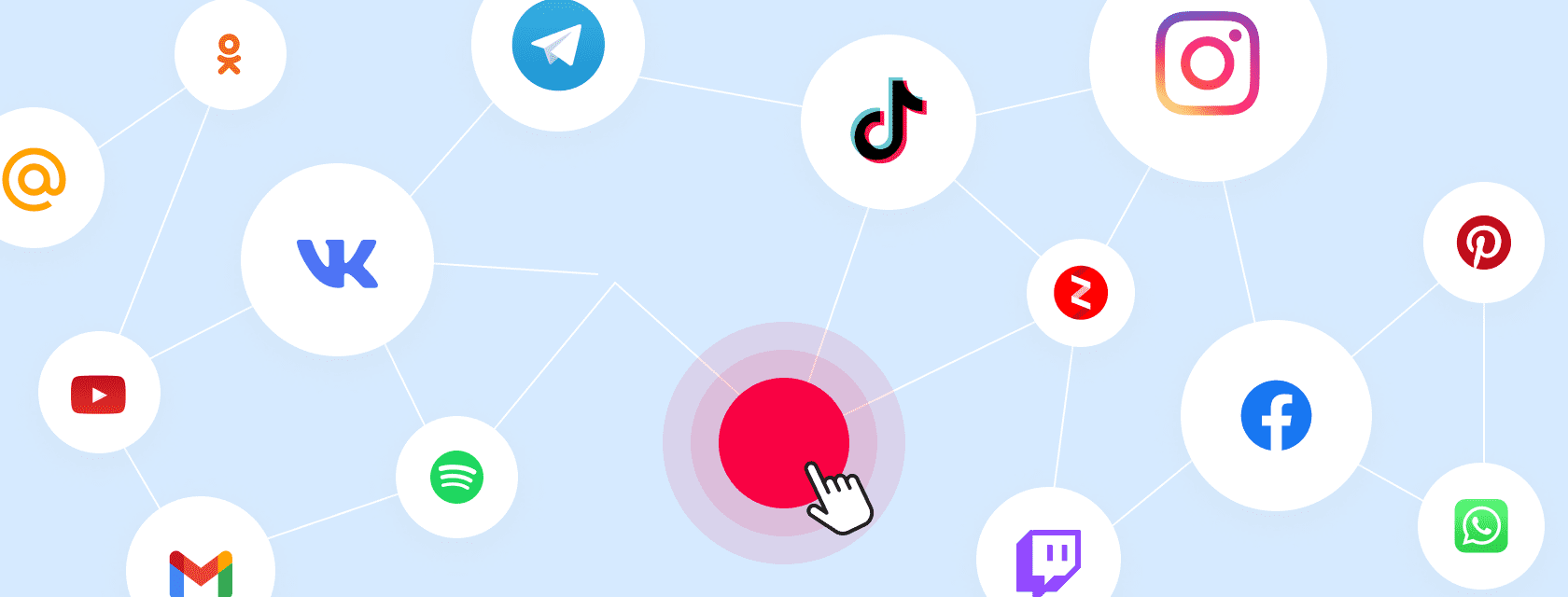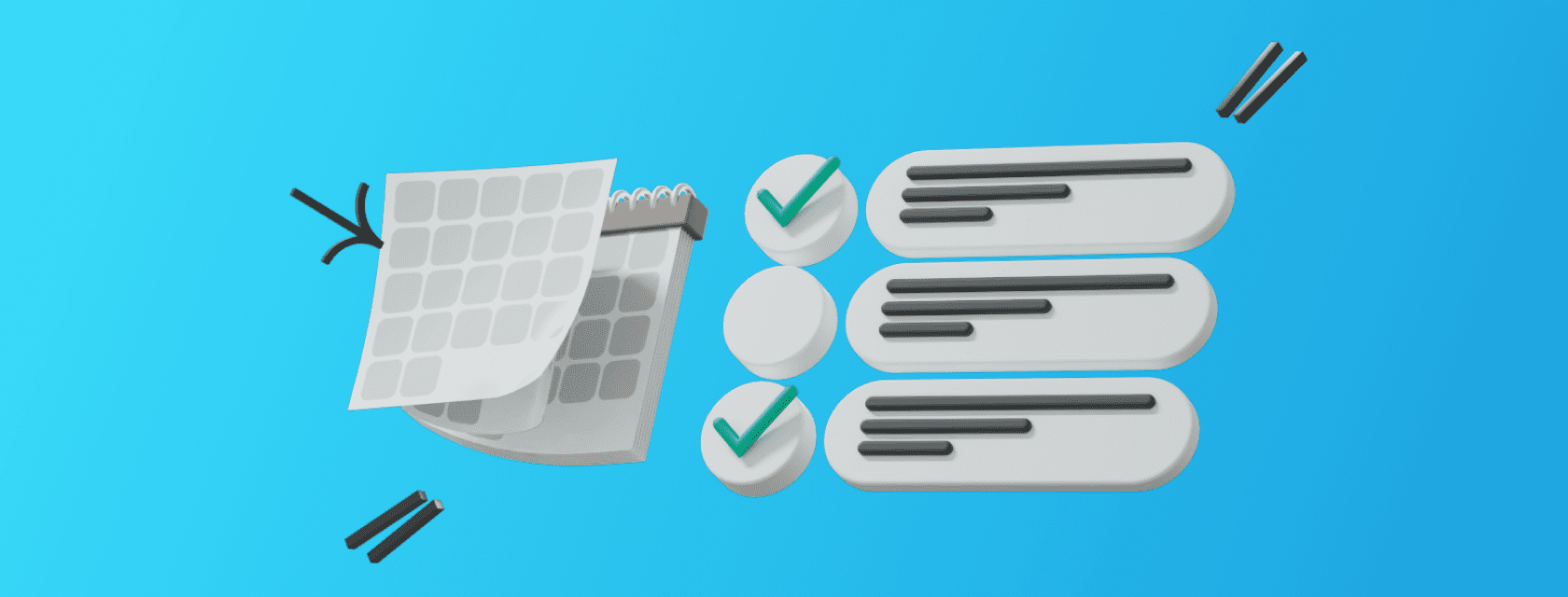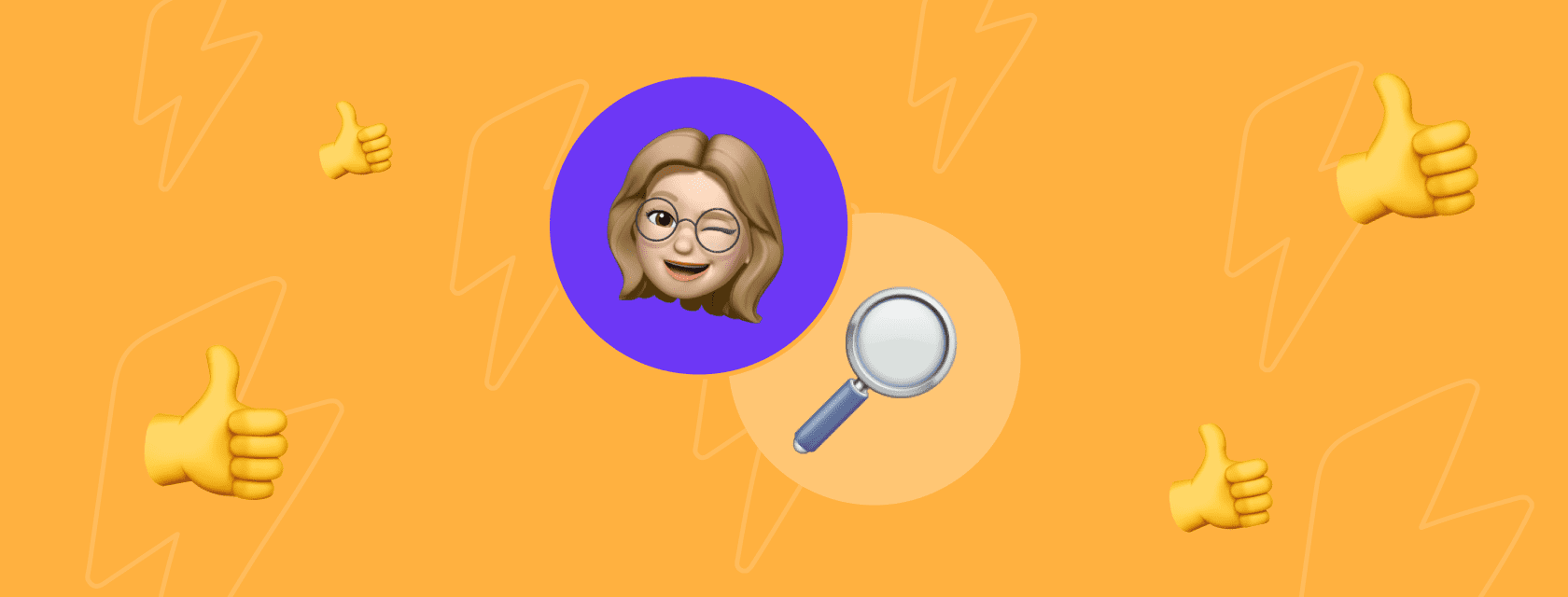
What Are Brand Archetypes in Marketing

What Are Brand
Archetypes in
Marketing
![]() 6 min read
6 min read
Contents
What are archetypes and where do they come from
Branding archetypes
Twelve brand archetypes
- The Creator archetype
- The Ruler archetype
- The Caregiver archetype
- The Innocent archetype
- The Sage archetype
- The Explorer archetype
- The Destroyer archetype
- The Magician archetype
- The Hero archetype
- The Lover archetype
- The Jester archetype‘
- The Regular Guy archetype
What are archetypes and where do they come from
Carl Jung proposed a concept where the unconscious was divided not only into the personal, as in Freud’s approach, but also into the collective. Scenarios of the behavior of the collective unconscious are forming during the upbringing and socialization of a person. According to Jung, the collective unconscious is a set of prototypes.
For example, when we hear the word jester, a set of unconscious associations arises that is similar for most people. But at the same time, none of the modern people have ever met the jester. The same thing applies to a wizard with a staff and a hero who personifies courage and strength. These are holistic images with a set of symbols, transmitted from the accumulated experience of mankind. This is what we call prototypes.
Branding archetypes
Jung believed that there are as many archetypes as there are typical life situations, and that is an infinite number. Only at the beginning of the 21st century, the number of prototypes was reduced to 12. It was in this number that they were first applied to marketing.

You could compare a company’s brand to a person’s personality. People have an established image in society, they consist of qualities, evoke certain emotions. It is necessary to create an image in the eyes of the target audience so that they would feel belonging to the community and sympathy and wanted to match this image. All channels of brand activity, be it advertising, social media content, or the choice of a brand ambassador, support selected archetypes.
For example, there are two car brands, BMW and Mercedes. They share one country of origin, both brands are recognizable and well established in the market. But they have completely different visual images, and therefore the target audience. For example, Mercedes represents a respectable-looking man who is in control of his life and surroundings. BMW represents the audacity and rebelliousness of young people who are ready to break stereotypes and go against the rules.
Prototypes make it easier for people to recognize a certain visual image and trust it, which equals trust for the company. Sets of specific symbols, text, and music support these images. This is how brands fill in communication gaps.
Twelve brand archetypes
Every company chooses its archetype based on the concept of positioning. But this is almost always a set of archetypes. It’s not possible to find a company that matches only one prototype.
1. The Creator archetype
A brand that adheres to this archetype seeks to stand out from the crowd. Customers of the company are creative people who are looking for the opportunity to express themselves and have a need for creative activity.
Creative companies use the image of the creator more often, for example, advertising companies and companies that are related to art, gardening firms, jewelry, and makeup shops
Company examples: Apple, Lego, Adobe, Google
2. The Ruler archetype
Brands with the ruler prototype choose a leadership strategy. They inspire the target audience to be confident in their choices and actions. Expensive companies often choose the ruler prototype because it intersects with their image of success and wealth. Such companies not only offer to buy their product but also acquire certain status and attribute of power along with the product.
Company examples: Mercedes, Rolex, Cadillac
3. The Caregiver archetype
Non-profit organizations use this prototype most often since their driving forces are generosity and altruism. It helps people to perceive their motives as unselfish. But in the commercial realm, you can also encounter brands with the caregiver archetype.
These are companies that embody care and safety. They include products for pregnant women and children, medicines, and everything related to the comfort in the house. Competent implementation of this archetype is very beneficial for companies since they form an image that people can trust. The image of those who will always help, take care, and respond.
Company examples: Johnson & Johnson, Gerber Nestle, TOMS shoes, Volvo
4. The Innocent archetype
Usually, brands use this image in advertising, emphasizing simplicity, positivity, friendship, and closeness with family. This way, customers develop a clear association with positive emotions and trust for the company.
Company examples: Coca-Cola, McDonald’s, Baskin-Robbins, Disney
5. The Sage archetype
Companies use this archetype to demonstrate their expertise. In the advertising of companies with this prototype, you can often find different charts, research data, quality certificates.
This way, the brand objectively proves the quality of its product. Besides, sage companies help to gain valuable experience and knowledge in a particular area by demonstrating experiments and evidence. Pharmaceutical companies, manufacturers of toothpaste and brushes, companies with high-tech goods often turn to this prototype.
Companies examples: Philips, Dyson, Columbia
6. The Explorer archetype
Companies looking to attract customers with ambition, who long for new experiences, discoveries, and adventures, use this archetype. Brands with the explorer archetype always strive to pull their customers out of their routine, reinvent themselves and the world.
Company examples: GoPro, Indiana Jones, Jeep, MasterCard, Red Bull
7. The Destroyer archetype
This archetype symbolizes a person who wants to live without following patterns, defying rules. Usually, brands, whose target audience consists of men, use this prototype, since they are most attracted to the image of rebellion and freedom.
But it’s better not to associate this prototype with aggression, since it doesn’t refer to something negative. It only inspires with the idea to play against the rules, change yourself and your surroundings.
Companies examples: Harley Davidson, Diesel
8. The Magician archetype
The image of a magician allows companies to stand out with their uniqueness, to show that they are capable of doing so much more than others. They are ready to share this magic with their clients and turn impossible things into possible. For example, control the elements of nature or share a unique component in their products.
Brands rarely stick to the magician prototype in their consistent positioning. This is more suitable for children’s products, cosmetics corporations, and hi-tech companies, which people perceive as a real miracle. But companies use this image more often in advertising or a slogan for a particular product.
Companies examples: Adidas, IKEA, Apple, Xbox, Mr. Clean
9. The Hero archetype
This archetype symbolizes the savior company, which, due to injustice in this world, found the strength, accepted the challenge, and began to fight. This archetype is full of courage, strength, and independence. This way, the brand attracts the audience that is eager to get out of their comfort zone to change the world and control their future themselves.
The hero archetype suits well for the companies which reveal human abilities, compete with other companies and grapple with the world’s problems.
Companies examples: Nike, Adidas, FedEx, Marlboro, BMW
10. The Lover archetype
Lover brands extol their customers by making them part of the universe, making them feel special and wanted. This archetype symbolizes pleasure and endless delight, which a client will feel after the purchase of a company’s product.
The companies that have chosen the lover path mostly create in advertising the image of a beautiful and successful person with no worries. Companies that manufacture perfumery and cosmetics for women use this image most often.
Companies examples: Victoria’s Secret, Baileys, Chanel, Durex, Godiva Chocolate
11. The Jester archetype
Getting the most out of life and having fun to the fullest are the main values of the jester brand. This archetype has the power to say whatever comes to mind, without provoking negative actions. Companies with a young target audience (youth and children) mainly use this prototype. More serious companies can use this image only as a once for a special occasion, like a viral video, or to attract a young audience.
Companies examples: Pringles, M&M’s, Skittles
12. The Regular Guy archetype
The main values of this archetype are simplicity, calmness, and honesty. Companies that choose this prototype are not striving to stand out. They want to be closer to their customers, become friends with them, and be useful to them. People usually use the products of such companies in everyday life, but not to stand out, but to make it comfortable and cozy.
Companies examples: IKEA, eBay
Archetypes in business help to influence customers’ decisions, motivate them to choose particular goods or services. For example, a woman will buy underwear after seeing an advertisement in stories. And she makes this decision because the right music, text, and images allow her to unconsciously feel desirable and acquire this pleasure (the lover prototype).





